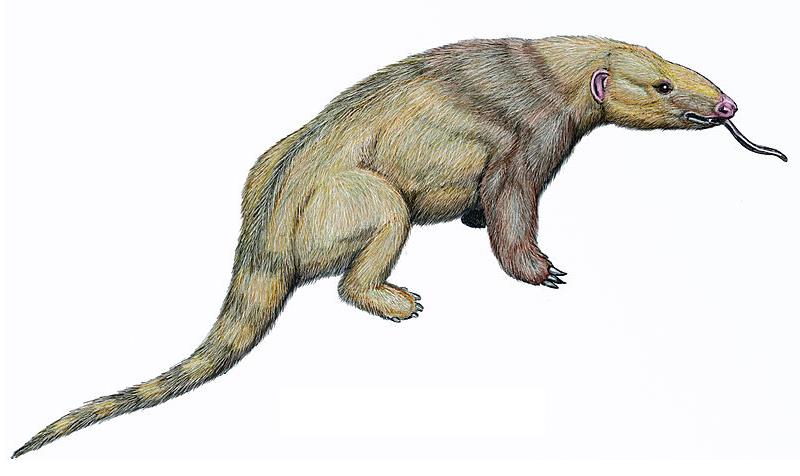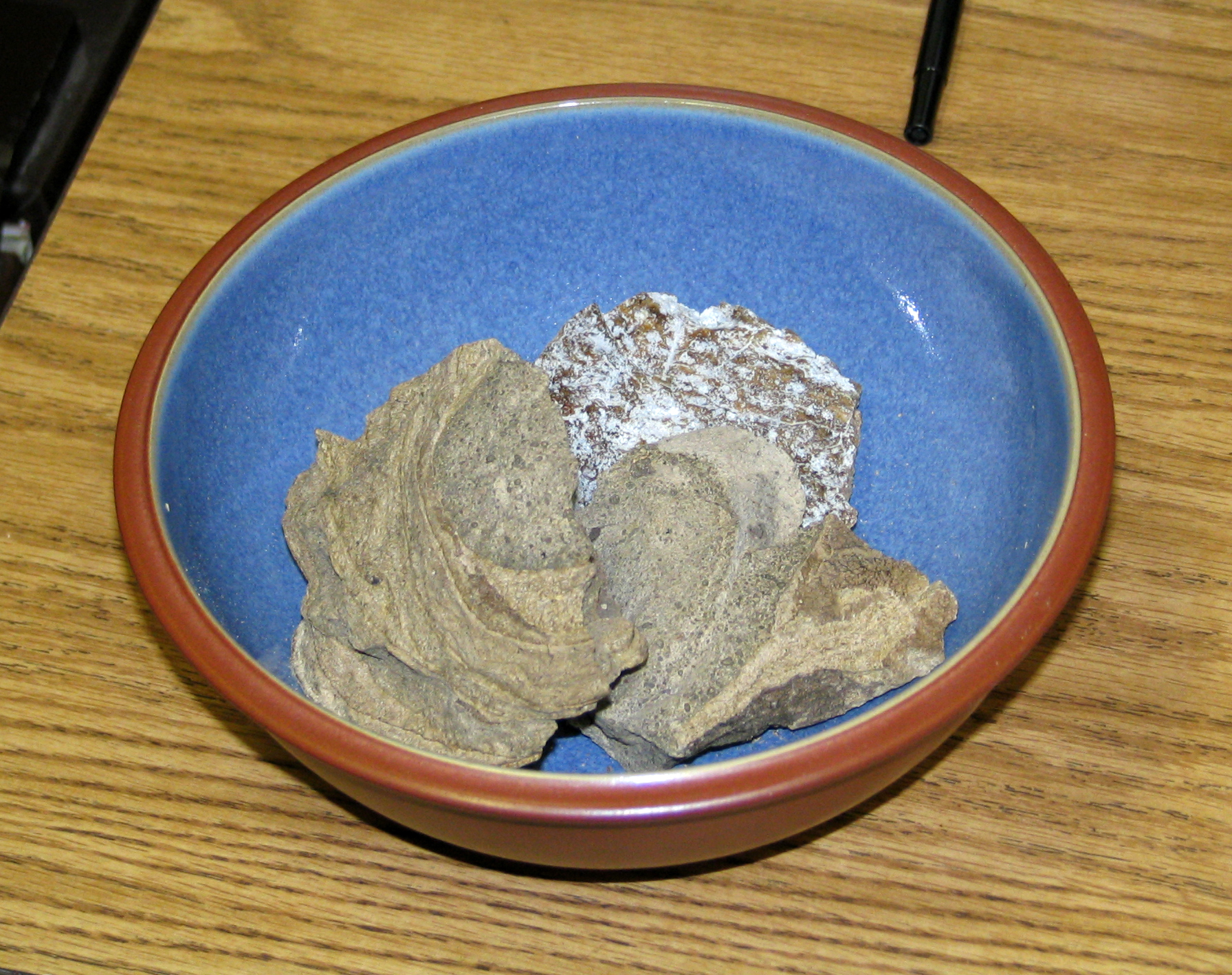|
Smutsia Temminckii
The ground pangolin (''Smutsia temminckii''), also known as Temminck's pangolin, Cape pangolin or steppe pangolin, is one of four species of pangolins which can be found in Africa, and the only one in southern and eastern Africa. The animal was named for the Dutch zoologist Coenraad Jacob Temminck. As a group, pangolins are among the most critically endangered and illegally trafficked animals in the world. Physical description Pangolins are almost completely covered in overlapping, protective scales, which makes up about 20% of their body weight.African Wildlife Foundatio"Pangolin"/ref> The scales are composed of keratin, the same material that forms human hair and fingernails, and give pangolins an appearance similar to a pinecone or artichoke.John D. Sutter"The Most Trafficked Animal You Have Never Heard Of"CNN The underside of a pangolin is not covered with scales, but sparse fur, instead. When threatened, it usually rolls up into a ball, thus protecting its vulnerable belly. ... [...More Info...] [...Related Items...] OR: [Wikipedia] [Google] [Baidu] |
Pangolin
Pangolins, sometimes known as scaly anteaters, are mammals of the order Pholidota (, from Ancient Greek ϕολιδωτός – "clad in scales"). The one extant family, the Manidae, has three genera: '' Manis'', '' Phataginus'', and '' Smutsia''. ''Manis'' comprises the four species found in Asia, while ''Phataginus'' and ''Smutsia'' include two species each, all found in sub-Saharan Africa. These species range in size from . A number of extinct pangolin species are also known. Pangolins have large, protective keratin scales, similar in material to fingernails and toenails, covering their skin; they are the only known mammals with this feature. They live in hollow trees or burrows, depending on the species. Pangolins are nocturnal, and their diet consists of mainly ants and termites, which they capture using their long tongues. They tend to be solitary animals, meeting only to mate and produce a litter of one to three offspring, which they raise for about two years. Pangol ... [...More Info...] [...Related Items...] OR: [Wikipedia] [Google] [Baidu] |
IUCN Red List
The International Union for Conservation of Nature (IUCN) Red List of Threatened Species, also known as the IUCN Red List or Red Data Book, founded in 1964, is the world's most comprehensive inventory of the global conservation status of biological species. It uses a set of precise criteria to evaluate the extinction risk of thousands of species and subspecies. These criteria are relevant to all species and all regions of the world. With its strong scientific base, the IUCN Red List is recognized as the most authoritative guide to the status of biological diversity. A series of Regional Red Lists are produced by countries or organizations, which assess the risk of extinction to species within a political management unit. The aim of the IUCN Red List is to convey the urgency of conservation issues to the public and policy makers, as well as help the international community to reduce species extinction. According to IUCN the formally stated goals of the Red List are to provi ... [...More Info...] [...Related Items...] OR: [Wikipedia] [Google] [Baidu] |
Mammals Described In 1832
Mammals () are a group of vertebrate animals constituting the class Mammalia (), characterized by the presence of mammary glands which in females produce milk for feeding (nursing) their young, a neocortex (a region of the brain), fur or hair, and three middle ear bones. These characteristics distinguish them from reptiles (including birds) from which they diverged in the Carboniferous, over 300 million years ago. Around 6,400 extant species of mammals have been described divided into 29 orders. The largest orders, in terms of number of species, are the rodents, bats, and Eulipotyphla (hedgehogs, moles, shrews, and others). The next three are the Primates (including humans, apes, monkeys, and others), the Artiodactyla (cetaceans and even-toed ungulates), and the Carnivora (cats, dogs, seals, and others). In terms of cladistics, which reflects evolutionary history, mammals are the only living members of the Synapsida (synapsids); this clade, together with Sauropsid ... [...More Info...] [...Related Items...] OR: [Wikipedia] [Google] [Baidu] |
Fauna Of East Africa
Fauna is all of the animal life present in a particular region or time. The corresponding term for plants is ''flora'', and for fungi, it is '' funga''. Flora, fauna, funga and other forms of life are collectively referred to as '' biota''. Zoologists and paleontologists use ''fauna'' to refer to a typical collection of animals found in a specific time or place, e.g. the "Sonoran Desert fauna" or the "Burgess Shale fauna". Paleontologists sometimes refer to a sequence of faunal stages, which is a series of rocks all containing similar fossils. The study of animals of a particular region is called faunistics. Etymology ''Fauna'' comes from the name Fauna, a Roman goddess of earth and fertility, the Roman god Faunus, and the related forest spirits called Fauns. All three words are cognates of the name of the Greek god Pan, and ''panis'' is the Greek equivalent of fauna. ''Fauna'' is also the word for a book that catalogues the animals in such a manner. The term was first used b ... [...More Info...] [...Related Items...] OR: [Wikipedia] [Google] [Baidu] |
Mammals Of Zimbabwe
This is a list of the mammal species recorded in Zimbabwe. There are 199 mammal species in Zimbabwe, of which one is critically endangered, one is endangered, eight are vulnerable, and ten are near threatened. The following tags are used to highlight each species' conservation status as assessed by the International Union for Conservation of Nature: Some species were assessed using an earlier set of criteria. Species assessed using this system have the following instead of near threatened and least concern categories: Order: Afrosoricida (tenrecs and golden moles) The order Afrosoricida contains the golden moles of southern Africa and the tenrecs of Madagascar and Africa, two families of small mammals that were traditionally part of the order Insectivora. *Family: Chrysochloridae **Subfamily: Chrysochlorinae ***Genus: '' Carpitalpa'' **** Golden mole, ''Carpitalpa arendsi'' VU **Subfamily: Amblysominae ***Genus: ''Calcochloris'' **** Yellow golden mole, ''Calcochloris obtu ... [...More Info...] [...Related Items...] OR: [Wikipedia] [Google] [Baidu] |
Mammals Of Botswana
Mammals () are a group of vertebrate animals constituting the class (biology), class Mammalia (), characterized by the presence of mammary glands which in Female#Mammalian female, females produce milk for feeding (nursing) their young, a neocortex (a region of the brain), fur or hair, and three ossicles, middle ear bones. These characteristics distinguish them from reptiles (including birds) from which they Genetic divergence, diverged in the Carboniferous, over 300 million years ago. Around 6,400 extant taxon, extant species of mammals have been described divided into 29 Order (biology), orders. The largest Order (biology), orders, in terms of number of species, are the rodents, bats, and Eulipotyphla (hedgehogs, Mole (animal), moles, shrews, and others). The next three are the Primates (including humans, apes, monkeys, and others), the Artiodactyla (cetaceans and even-toed ungulates), and the Carnivora (cats, dogs, pinniped, seals, and others). In terms of cladistic ... [...More Info...] [...Related Items...] OR: [Wikipedia] [Google] [Baidu] |
Myrmecophagous Mammals
Myrmecophagy is a feeding behavior defined by the consumption of termites or ants, particularly as pertaining to those animal species whose diets are largely or exclusively composed of said insect types. Literally, myrmecophagy means "ant eating" (Ancient Greek: ', "ants" and ', "to eat") rather than "termite eating" (for which the strict term is termitophagy). The two habits often overlap, as both of these eusocial insect types often live in large, densely populated nests requiring similar adaptations in the animal species that exploit them. In vertebrates Myrmecophagy is found in a number of land-dwelling vertebrate taxa, including reptiles and amphibians (horned lizards and blind snakes, narrow-mouthed toads of the family Microhylidae and poison frogs of the Dendrobatidae), a number of New World bird species (Antbirds, Antthrushes, Antpittas, flicker of genus ''Colaptes''), and several mammalian groups (anteaters, aardvarks, aardwolves, armadillos, echidnas, numbats, pangolins ... [...More Info...] [...Related Items...] OR: [Wikipedia] [Google] [Baidu] |
Smutsia
''Smutsia'' is a genus of African pangolins, better known as the African ground pangolins, from subfamily Smutsiinae, within family Manidae. It was formerly considered a subgenus of '' Manis''. Its members are the more terrestrial of the African pangolins. Etymology British naturalist John Edward Gray named ''Smutsia'' for South African naturalist Johannes Smuts (1808–1869), the first South African to write a treatise on mammals in 1832 (in which he described the species ''Manis temminckii''). Taxonomy * Subfamily: Smutsiinae (large African pangolins) ** Genus: ''Smutsia'' (African ground pangolin) *** ''Smutsia gigantea'' (giant pangolin) *** '' Smutsia temminckii'' (ground pangolin) *** †''Smutsia olteniensis ''Smutsia olteniensis'' is an extinct species of the genus ''Smutsia'', more commonly known as the African ground pangolins. This species lived during the Pleistocene epoch. Fossilized remains of the species were found in Romania, providing evi ...'' Phylogeny ... [...More Info...] [...Related Items...] OR: [Wikipedia] [Google] [Baidu] |
Aphrodisiac
An aphrodisiac is a substance that increases sexual desire, sexual attraction, sexual pleasure, or sexual behavior. Substances range from a variety of plants, spices, foods, and synthetic chemicals. Natural aphrodisiacs like cannabis or cocaine are classified into plant-based and non-plant-based substances. There are non-naturally-occurring aphrodisiacs like MDMA and methamphetamine. Aphrodisiacs can be classified by their type of effects (i.e., psychological or physiological). Aphrodisiacs that contain hallucinogenic properties like Bufotenin have psychological effects on a person that can increase sexual desire and sexual pleasure. Aphrodisiacs that contain smooth muscle relaxing properties like yohimbine have physiological effects on a person that can affect hormone levels and increase blood flow. It is possible that the aphrodisiac effect of a substance is due to the placebo effect. Other substances that impede on areas that aphrodisiacs aim to enhance are classified as an ... [...More Info...] [...Related Items...] OR: [Wikipedia] [Google] [Baidu] |
Black Market
A black market, underground economy, or shadow economy is a clandestine market or series of transactions that has some aspect of illegality or is characterized by noncompliance with an institutional set of rules. If the rule defines the set of goods and services whose production and distribution is prohibited by law, non-compliance with the rule constitutes a black market trade since the transaction itself is illegal. Parties engaging in the production or distribution of prohibited goods and services are members of the . Examples include the illegal drug trade, prostitution (where prohibited), illegal currency transactions, and human trafficking. Violations of the tax code involving income tax evasion in the . Because tax evasion or participation in a black market activity is illegal, participants attempt to hide their behavior from the government or regulatory authority. Cash is the preferred medium of exchange in illegal transactions since cash transactions are less-easi ... [...More Info...] [...Related Items...] OR: [Wikipedia] [Google] [Baidu] |
Habitat Fragmentation
Habitat fragmentation describes the emergence of discontinuities (fragmentation) in an organism's preferred environment (habitat), causing population fragmentation and ecosystem decay. Causes of habitat fragmentation include geological processes that slowly alter the layout of the physical environment (suspected of being one of the major causes of speciation), and human activity such as land conversion, which can alter the environment much faster and causes the extinction of many species. More specifically, habitat fragmentation is a process by which large and contiguous habitats get divided into smaller, isolated patches of habitats. Definition The term habitat fragmentation includes five discrete phenomena: * Reduction in the total area of the habitat * Decrease of the interior: edge ratio * Isolation of one habitat fragment from other areas of habitat * Breaking up of one patch of habitat into several smaller patches * Decrease in the average size of each patch of habitat ... [...More Info...] [...Related Items...] OR: [Wikipedia] [Google] [Baidu] |




